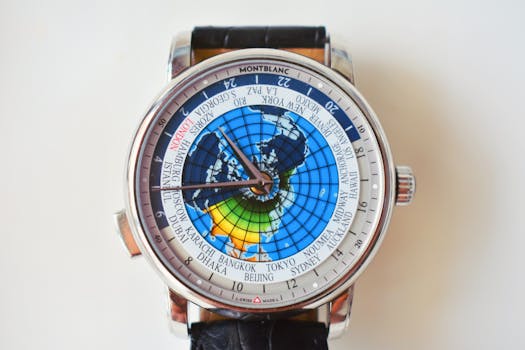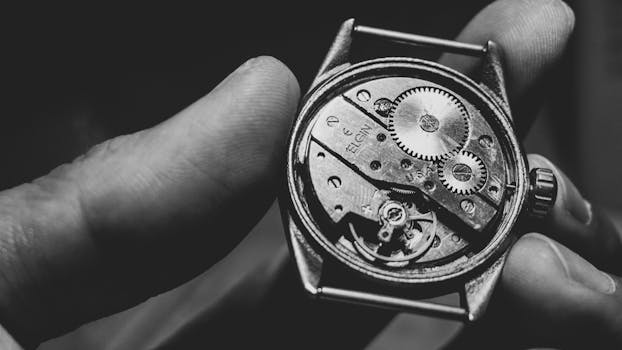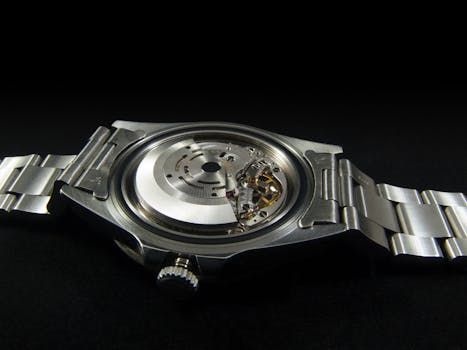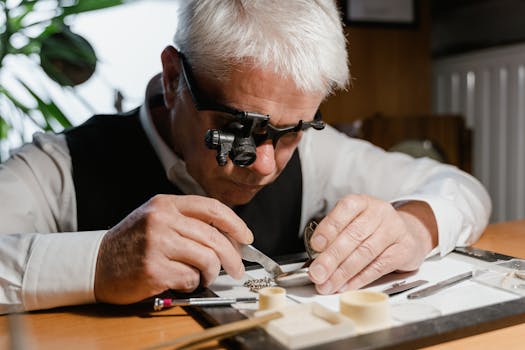Introduction to Watchmaking Techniques and Innovations
The art of watchmaking has a long and fascinating history, with roots dating back to the 16th century. Over the centuries, watchmaking techniques and innovations have evolved significantly, transforming the industry into what it is today. In this article, we will delve into the history of watchmaking techniques and innovations, exploring the key developments that have shaped the industry.
The Early Days of Watchmaking
The first watches were created in the 16th century, with the first pocket watch being made in 1510 by Peter Henlein, a German clockmaker. These early watches were relatively simple, with only an hour hand and no minute hand. However, as the centuries passed, watchmaking techniques and innovations improved, and watches became more accurate and intricate. The introduction of the pendulum clock in 1656 by Dutch scientist Christiaan Huygens marked a significant milestone in the history of watchmaking, as it enabled watches to be made with greater precision.
The Industrial Revolution and Mass Production
The Industrial Revolution had a profound impact on the watchmaking industry, as it enabled mass production and the introduction of new materials and techniques. The development of the machine tool in the late 18th century allowed for the rapid production of watch components, making watches more accessible to the general population. The introduction of the railroad in the 19th century also led to the standardization of timekeeping, further increasing demand for watches.
Key Watchmaking Techniques and Innovations
Several key watchmaking techniques and innovations have shaped the industry over the centuries. Some of the most significant include:
- Quartz Crystal Technology: The introduction of quartz crystal technology in the 1970s revolutionized the watchmaking industry, enabling the creation of highly accurate and low-maintenance watches.
- Automatic Winding: The development of automatic winding mechanisms in the early 20th century allowed watches to be wound automatically, eliminating the need for manual winding.
- Water Resistance: The introduction of water-resistant watches in the mid-20th century enabled watches to be worn while swimming or diving, further increasing their versatility.
- Tourbillon: The tourbillon, a complex mechanism that counteracts the effects of gravity on timekeeping, is a hallmark of high-end watchmaking and a testament to the industry’s ongoing pursuit of innovation.
Modern Watchmaking Techniques and Innovations
Today, the watchmaking industry continues to evolve, with ongoing innovations in materials, design, and technology. Some of the most significant modern watchmaking techniques and innovations include:
- 3D Printing: The use of 3D printing technology is becoming increasingly common in watchmaking, enabling the creation of complex components and designs.
- Sustainable Materials: The use of sustainable materials, such as recycled metals and eco-friendly components, is becoming increasingly popular in watchmaking.
- Smartwatches: The rise of smartwatches has transformed the watchmaking industry, with many traditional watchmakers now incorporating smart technology into their designs.
Takeaways
The history of watchmaking techniques and innovations is a rich and fascinating one, with ongoing developments shaping the industry into what it is today. Some key takeaways from this article include:
- The watchmaking industry has a long and storied history, with roots dating back to the 16th century.
- Key watchmaking techniques and innovations, such as quartz crystal technology and automatic winding, have transformed the industry over the centuries.
- Modern watchmaking techniques and innovations, such as 3D printing and sustainable materials, are continuing to shape the industry.
Conclusion
In conclusion, the history of watchmaking techniques and innovations is a fascinating and complex one, with ongoing developments shaping the industry into what it is today. From the early days of pocket watches to the modern smartwatches of today, the watchmaking industry has come a long way, and its future looks brighter than ever. Whether you are a watch enthusiast or simply interested in the history of timekeeping, this article has provided a comprehensive guide to the evolution of watchmaking techniques and innovations.





